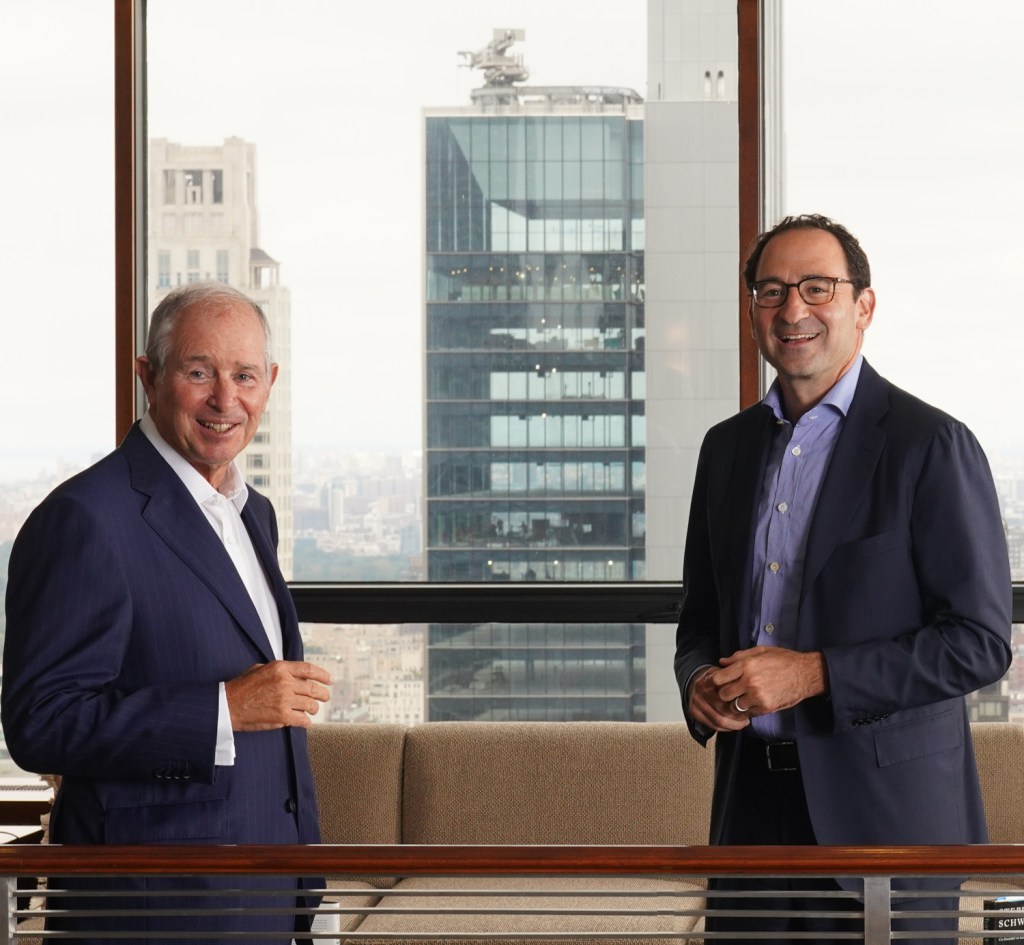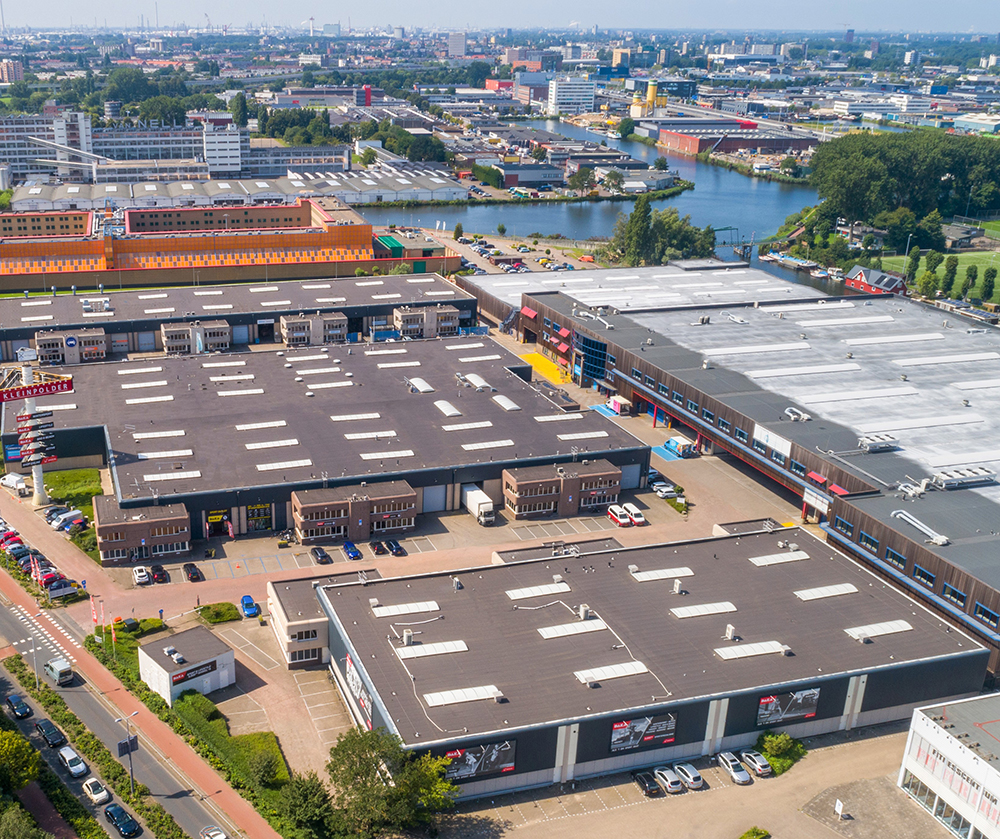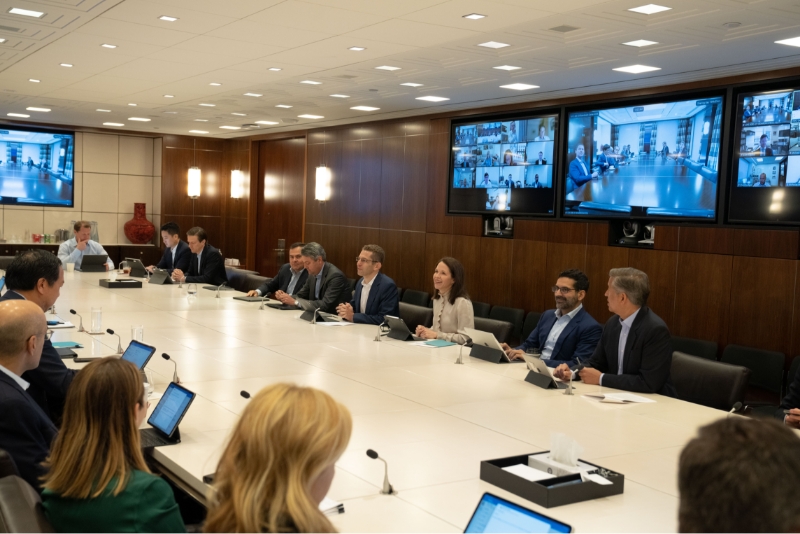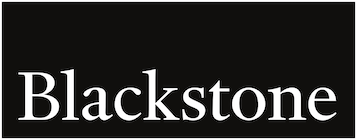
Why Blackstone
World’s Largest Alternative Asset Manager
Blackstone is the world’s largest alternative asset manager with investment businesses spanning private equity, real estate, credit and hedge fund solutions. We remain committed to delivering strong performance across market cycles on behalf of institutions and individual investors.1


Why Blackstone Real Estate
We are the world’s largest buyer, seller and owner of commercial real estate. Our vast portfolio provides us with proprietary insights across sectors and geographies.2
Track Record
Since 1991, Blackstone has built the world’s preeminent global real estate business and successfully navigated market cycles.
30+ year
track record


Execution
We believe our scale and reputation enable us to execute large, complex transactions with speed and certainty at attractive pricing.
843
professionals globally4


Investment Process
BEPIF adheres to the same disciplined investment and asset management processes that have been utilized by the Blackstone Real Estate funds for decades.
One
global view


Market Knowledge
Deep industry expertise, an extensive network of relationships and an ability to see around corners and invest with conviction.
100k+
global portfolio company employees5
Past performance does not predict future returns. There can be no assurance that the Fund will achieve its objectives or avoid substantial losses.

Performance
Learn MorePerformance

Leadership & Governance
Learn MoreLeadership & Governance
This material makes reference to Blackstone Inc. (“Blackstone”), a premier global investment manager. The real estate group of Blackstone, Blackstone Real Estate, is our sponsor. Information regarding Blackstone and Blackstone Real Estate is included to provide information regarding the experience of our sponsor. An investment in BEPIF SICAV is not an investment in our sponsor or Blackstone as BEPIF SICAV is a separate and distinct legal entity. Aggregated returns are hypothetical as they do not represent the performance of any single fund, account or portfolio and may not have been achieved by any individual limited partner. Subject to Blackstone’s policies and procedures regarding information walls and the management of conflicts of interest.
Important Disclosure Information
Alternative investments often are speculative, typically have higher fees than traditional investments, often include a high degree of risk and are appropriate only for eligible, long-term investors who are willing to forgo liquidity and put capital at risk for an indefinite period of time. They may be highly illiquid and can engage in leverage and other speculative practices that may increase volatility and risk of loss.
Alternative investments involve complex tax structures, tax inefficient investing, and delays in distributing important tax information. Individual funds have specific risks related to their investment programs that will vary from fund to fund. Investors should consult their own tax and legal advisors. Each investor’s tax considerations are different and consulting a tax advisor is recommended. Any of the data provided herein should not be construed as investment, tax, accounting or legal advice.
Awards, Honors or Other Rankings. Any awards, honors, or other references or rankings referred to herein with respect to Blackstone and/or any investment professional are provided solely for informational purposes and are not intended to be, nor should they be construed as or relied upon as, any indication of future performance or other future activity. Any such awards, honors, or other references or rankings may have been based on subjective criteria and may have been based on a limited universe of participants, and there are other awards, honors, or other references or rankings given to others and not received by Blackstone and/or any investment professional of Blackstone.
Summary of Key Risk Factors
Under the packaged retail and insurance-based investment products (PRIIPs) Regulation, we have classified this product as 4 out of 7, which is a medium risk class. This rates the potential losses from future performance at a medium level, and poor market conditions could impact our capacity to pay you. There is no specific recommended holding period for the product. The actual risk can vary significantly. You may not be able to sell your product easily or you may have to sell at a price that significantly impacts how much you get back. The summary risk indicator is a guide to the level of risk of this product compared to other products. It shows how likely it is that the product will lose money because of movements in the markets or because we are not able to pay you.
The attention of potential investors is drawn to the risks to which any investor is exposed by investing in BEPIF. Potential investors should pay particular attention to the risks described in the dedicated section of the Prospectus and Key Information Document (KID). In making an investment decision, investors must rely on their own examination of BEPIF and the terms of the offering, including the merits and risks involved. Potential investors should not construe the contents of this website and/or the Prospectus as legal, tax, investment or accounting advice.
The following is a summary description of the principal risks of investing in BEPIF. The order of the below risk factors does not indicate the significance of any particular risk factor. Complete information on the risks of investing in BEPIF is set out in the Prospectus.
Risk of Capital Loss and No Assurance of Investment Return. BEPIF offers no capital protection guarantee. This investment involves a significant risk of capital loss and should only be made if an investor can afford the loss of its entire investment. There are no guarantees or assurances regarding the achievement of investment objectives or performance. This product does not include any protection from future market performance so you could lose some or all of your investment. If we are not able to pay you what is owed, you could lose some or all of your investment. A fund’s performance may be volatile. An investment should only be considered by sophisticated investors who can afford to lose all or a substantial amount of their investment. A fund’s fees and expenses may offset or exceed its profits. In considering any investment performance information contained in this website and the documents linked to it (“the Materials”), recipients should bear in mind that past performance does not predict future returns.
Lack of Liquidity. There is no current public trading market for the shares, and Blackstone does not expect that such a market will ever develop. Therefore, redemption of shares by BEPIF will likely be the only way for you to dispose of your shares. BEPIF expects to redeem shares at a price equal to the applicable net asset value as of the redemption date and not based on the price at which you initially purchased your shares. Shares redeemed within one year of the date of issuance will be redeemed at 95% of the applicable net asset value as of the redemption date, unless such deduction is waived by BEPIF in its discretion, including without limitation in case of redemptions resulting from death, qualifying disability or divorce. As a result, you may receive less than the price you paid for your shares when you sell them to BEPIF pursuant to BEPIF’s redemption program.
The vast majority of BEPIF’s assets are expected to consist of real estate properties and other investments that cannot generally be readily liquidated without impacting BEPIF’s ability to realize full value upon their disposition. In addition, total redemptions across the Fund are generally limited to 2% of aggregate NAV per month and 5% per calendar quarter. Therefore, BEPIF may not always have a sufficient amount of cash to immediately satisfy redemption requests. As a result, your ability to have your shares redeemed by BEPIF may be limited and at times you may not be able to liquidate your investment.
Concentration. The Fund’s investment strategy is substantially concentrated in the real estate sector and its performance will therefore be closely tied to the performance of this sector which has historically experienced substantial price volatility. The Fund’s concentration in the real estate sector may present more risks than if it were broadly diversified over numerous industries and sectors of the economy.
Conflicts of Interest. There may be occasions when the fund manager and its affiliates will encounter potential conflicts of interest in connection with BEPIF’s activities including, without limitation, the allocation of investment opportunities, relationships with Blackstone’s and its affiliates’ investment banking and advisory clients, and the diverse interests of BEPIF’s investors.
Exchange Currency Risk. BEPIF is denominated in Euro (EUR). Shareholders holding shares with a functional currency other than Euro acknowledge that they are exposed to fluctuations of the Euro foreign exchange rate and/or hedging costs, which may lead to variations on the amount to be distributed. This risk is not considered in the indicator shown above. Fund charges will be incurred in multiple currencies, meaning that payments may increase or decrease as a result of currency exchange fluctuations.
Highly Competitive Market for Investment Opportunities. The activity of identifying, completing and realizing attractive investments is highly competitive, and involves a high degree of uncertainty. There can be no assurance that the Fund will be able to locate, consummate and exit investments that satisfy its objectives or realize upon their values or that the Fund will be able to fully invest its available capital. There is no guarantee that investment opportunities will be allocated to the Fund and/or that the activities of Blackstone’s other funds will not adversely affect the interests of the Fund.
Real Estate Investments. The Fund’s investments do and will consist primarily of real estate investments and real estate-related investments. All real estate investments are subject to some degree of risk. For example, real estate investments are relatively illiquid and, therefore, will tend to limit Blackstone’s ability to vary the Fund’s portfolio promptly in response to changes in economic or other conditions. No assurances can be given that the fair market value of any real estate investments held by the Fund will not decrease in the future or that the Fund will recognize full value for any investment that the Fund is required to sell for liquidity reasons. Deterioration of real estate fundamentals generally may negatively impact the performance of the Fund. In addition, the Fund may be subject to more specific risks relating to inter alia the residential, commercial or the industrial real estate sectors.
Recent Market Events Risk. Local, regional, or global events such as war (e.g., Russia/Ukraine), acts of terrorism, public health issues like pandemics or epidemics (e.g., COVID-19), recession, or other economic, political and global macro factors and events could lead to a substantial economic downturn or recession in the U.S. and global economies and have a significant impact on the Fund and its investments. The recovery from such downturns is uncertain and may last for an extended period of time or result in significant volatility, and many of the risks discussed herein associated with an investment in the Fund may be increased.
Reliance on Key Management Personnel. The success of the Fund will depend, in large part, upon the skill and expertise of certain Blackstone professionals. In the event of the death, disability or departure of any key Blackstone professionals, the business and the performance of the Fund may be therefore adversely affected. Some Blackstone professionals may have other responsibilities, including senior management responsibilities, throughout Blackstone and, therefore, conflicts are expected to arise in the allocation of such personnel’s time (including as a result of such personnel deriving financial benefit from these other activities, including fees and performance-based compensation).
Sustainability Risks. BEPIF may be exposed to an environmental, social or governance event or condition that, if it occurs, could have a material adverse effect, actual or potential, on the value of the investments made by BEPIF. Sustainability risks are assessed into investment decisions relating to BEPIF.
Target Allocations. There can be no assurance that the Fund will achieve its objectives or avoid substantial losses. Allocation strategies and targets depend on a variety of factors, including prevailing market conditions and investment availability. There is no guarantee that such strategies and targets will be achieved and any particular investment may not meet the target criteria.
Use of Leverage. The Fund may borrow money. If returns on such investment exceed the costs of borrowing, investor returns will be enhanced. However, if returns do not exceed the costs of borrowing, Fund performance will be depressed. This includes the potential for the Fund to suffer greater losses than it otherwise would have. The effect of leverage is that any losses will be magnified. The use of leverage also exposes the Fund to the risk of an increase in interest rates.
Variable Valuations. The valuation of Fund’s investments will be difficult, may be based on imperfect information and is subject to inherent uncertainties, and the resulting values may differ from values that would have been determined has a ready market existed for such investments, from values placed on such investments by other investors and from prices at which such investments may ultimately be sold.
Opinions expressed reflect Blackstone’s view of the current market environment as of the date appearing in the relevant sections of this website only.
- Largest global alternative asset manager based on Blackstone’s analysis of company earnings presentations and calls, as of March 31, 2025, or latest publicly available data.
- Largest owner based on estimated market value per Real Capital Analytics as of March 31, 2025. Largest buyer and seller represents transaction volume since January 1, 2010.
- Represents the total enterprise value of closed and committed investments globally as well as capital that Blackstone Real Estate is entitled to call from investors in its global funds and co-investments as of March 31, 2025.
- Reflects Blackstone Real Estate employees as of March 31, 2025.
- Represents Blackstone Real Estate’s global portfolio companies and employees as of March 31, 2025.
